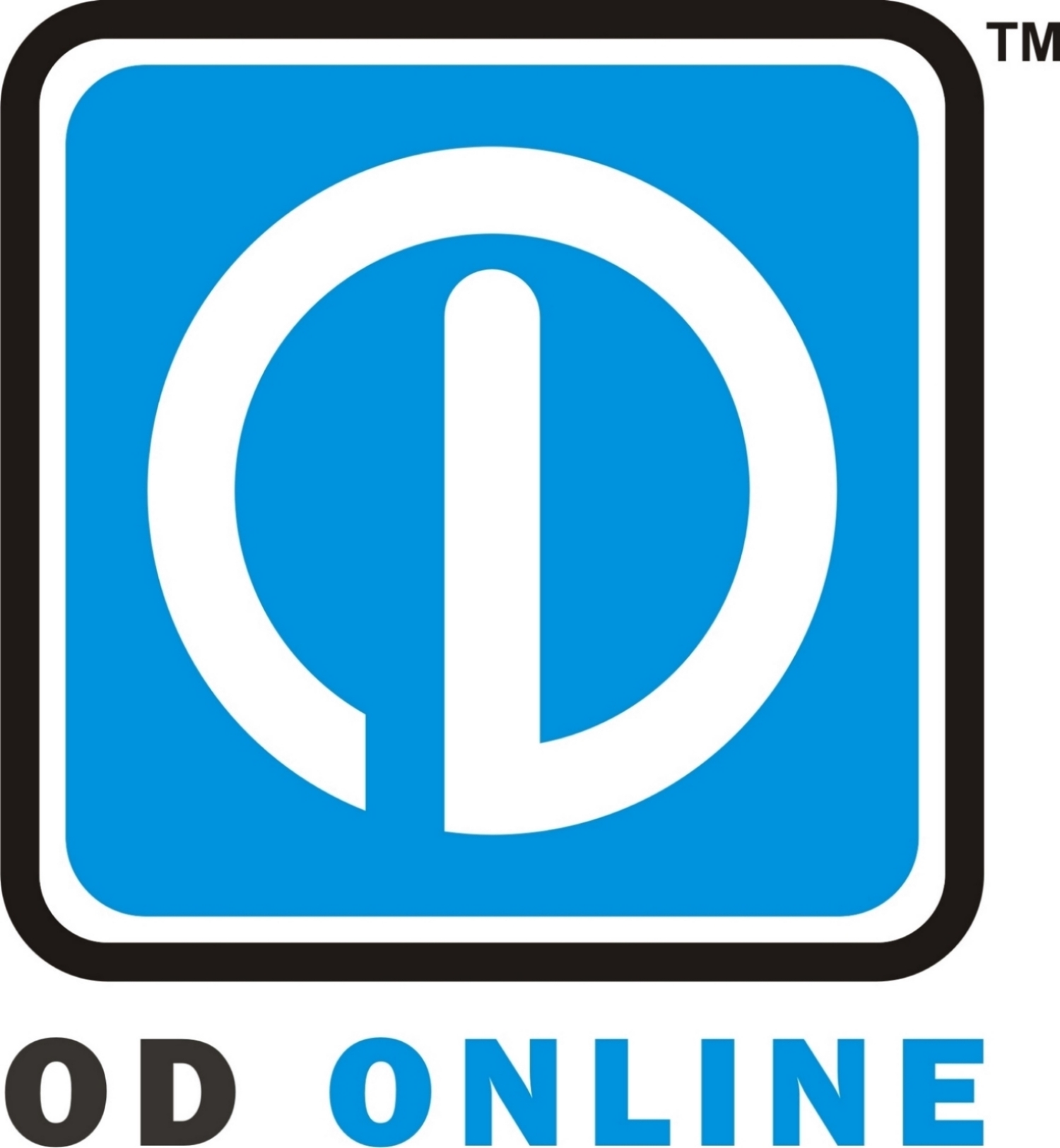As the U.S. population becomes increasingly diverse due to both long-term historic immigration patterns and more recent ones, there is a growing need for more bilingual speakers. According to the U.S. Census data, out of those who spoke a language other than English at home, 22% rated themselves as “not well” and below in terms of the English language. This study provides evidence of the growing role that non-English languages are having on the national fabric.
Given that the U.S. continues to be a destination for immigration and the impact that relocation has on our local communities, it’s important to consider expanding your services to reach these bilingual consumers. Another more recent study from the Pew Research Center, shows that nearly 59 million immigrants have transitioned to the United States over the last 50 years. That’s an average of 1.1 million per year. This influx of potential customers opens a path for establishing your brand as a positive place to receive care for current and future bilingual generations.
Some ways you can expand your business and serve this growing bilingual community include:
1. Hiring bilingual speakers based on your community’s needs.
Consider hiring a bilingual staff member or doctor who is not only familiar with the industry, but who also speaks the common non-English language in your community and understands the culture.
2. Selecting advertising that will help you reach that community.
Look for advertising opportunities that will be seen by members of that community such as language-specific publications, radio and events. For practices that have bilingual staff, have them translate your existing advertisements, print materials, and signage to reach a broader clientele. If you don’t have a bilingual staff member, consider hiring a freelance translator who can provide services on an as-needed basis. Make sure to avoid stereotypes in crafting these advertisements since it can be viewed as insensitive and backfire.
3. Developing an understanding of their heritage and culture.
Showing an interest in where your patients came from helps build a strong relationship, which translates to trust in your medical care. In the Hispanic culture, for example, families play a big role when it comes to their health.
Providing a service to an underserved group in your community not only broadens your client base, but you are helping fulfill a need that may not yet be addressed. Incorporating these few suggestions into your marketing tactics will only boost your image within the bilingual community, and it’s a great way to ensure you’re staying at the forefront as a local business.


